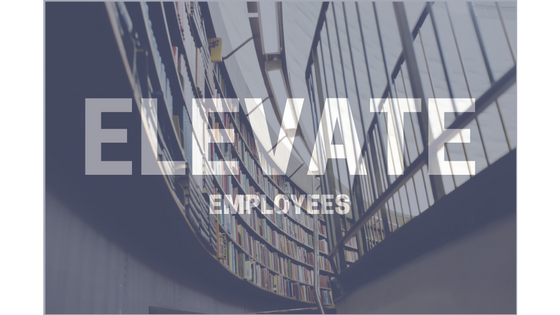W. Edwards Deming’s first philosophy on training and education was “Institute training on the job” and is probably the easier one to understand and implement. This philosophy is based on training employees on the skill set needed to get the job done. Training should be performed using platforms that engage the employees and hands on practicum is not an add-on but a requirement. On the job training should never be seen nor performed as a single event but should be a continuous program that allows cumulative knowledge building. This type of training helps reduce variation from operator to operator, encourages employees to learn from one another and even opens doors for improving the process.
Deming’s second philosophy is to:
Implement education and self-improvement.
Deming was thinking long term with this philosophy since it was not pertaining to the knowledge needed to get the job done today but having your employees ready for the tomorrows. As change is constant the skills of your current workers need to change and improve in order to prepare for future changes and challenges. In order to have a robust workforce training should not be a pinnacle of on-boarding but a challenging program of education that exists thereafter so a person grows after joining an organization. Providing the resources needed to teach new technology and advanced techniques strengthens your current workforce and enables them to be the experts the organization needs. The management team should not fear losing these experts to other organizations as is a common concern among managers but understand that providing an environment of education and challenging advances keeps employees committed to the organization making an investment in them. Not doing so results in 40% of employees leaving their jobs in their first year.
There will be increased costs with employing professional development training but those are offset with improved productivity and efficiency. Ultimately prevention costs of providing the right education and improvement resources far outweigh failure costs associated with turnovers, employee replacement and retraining.
